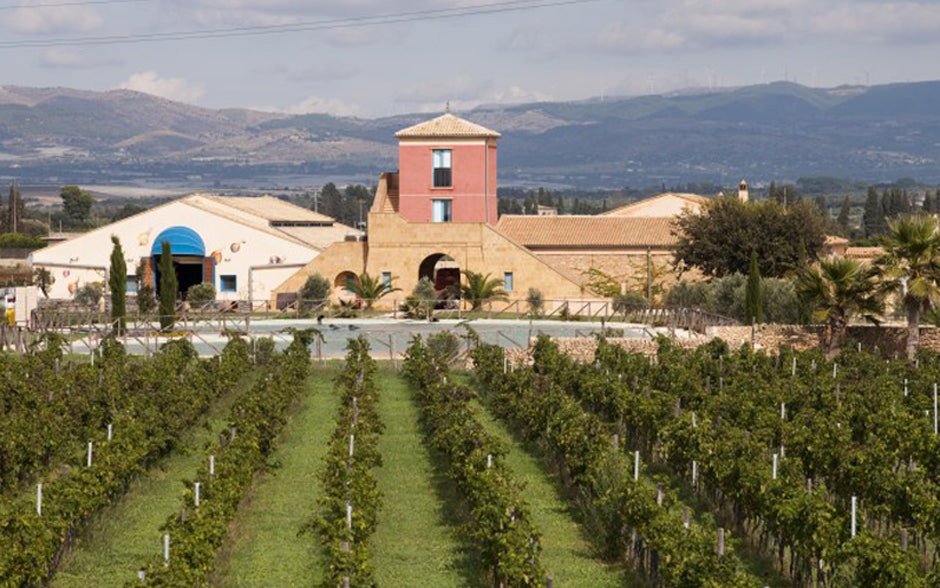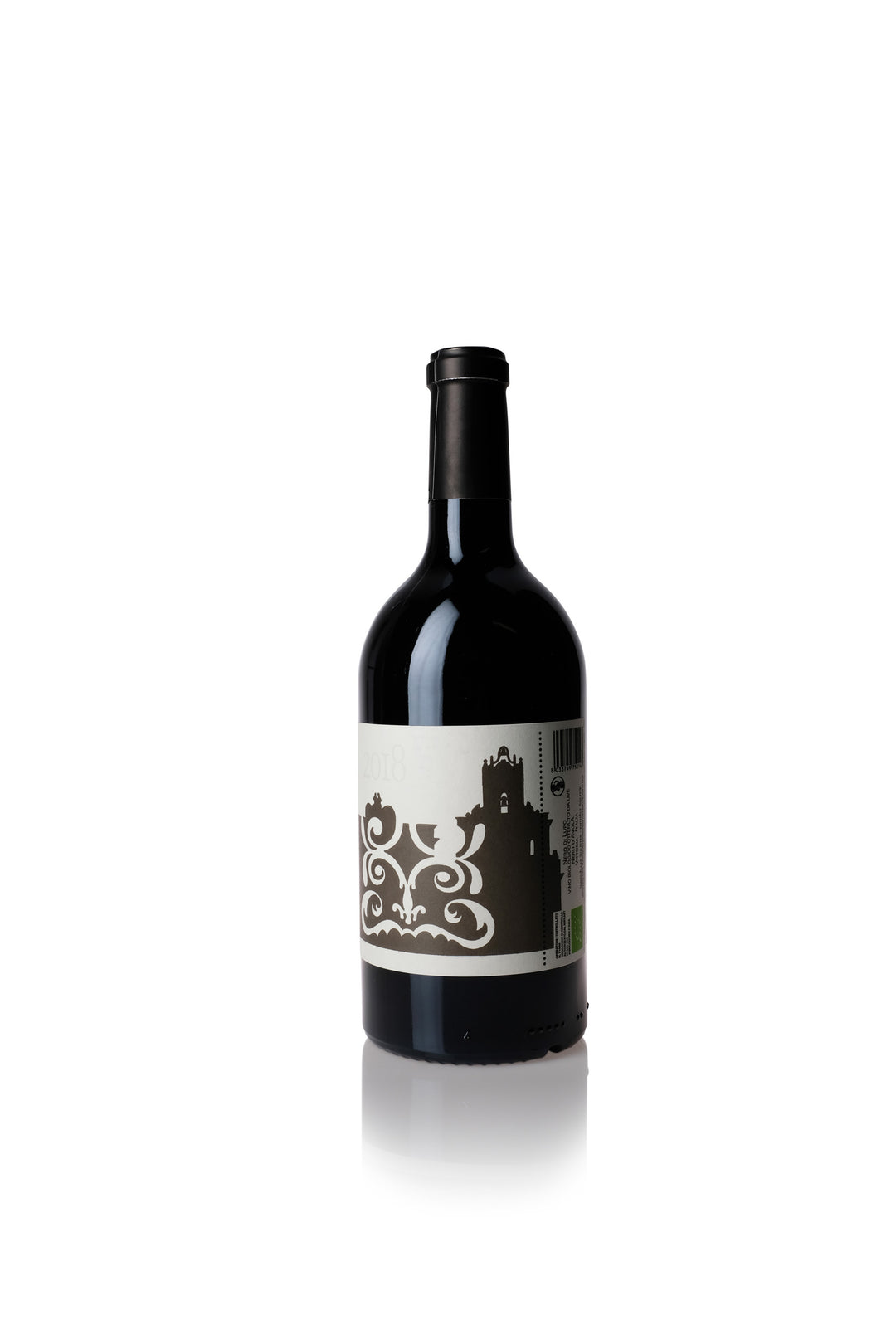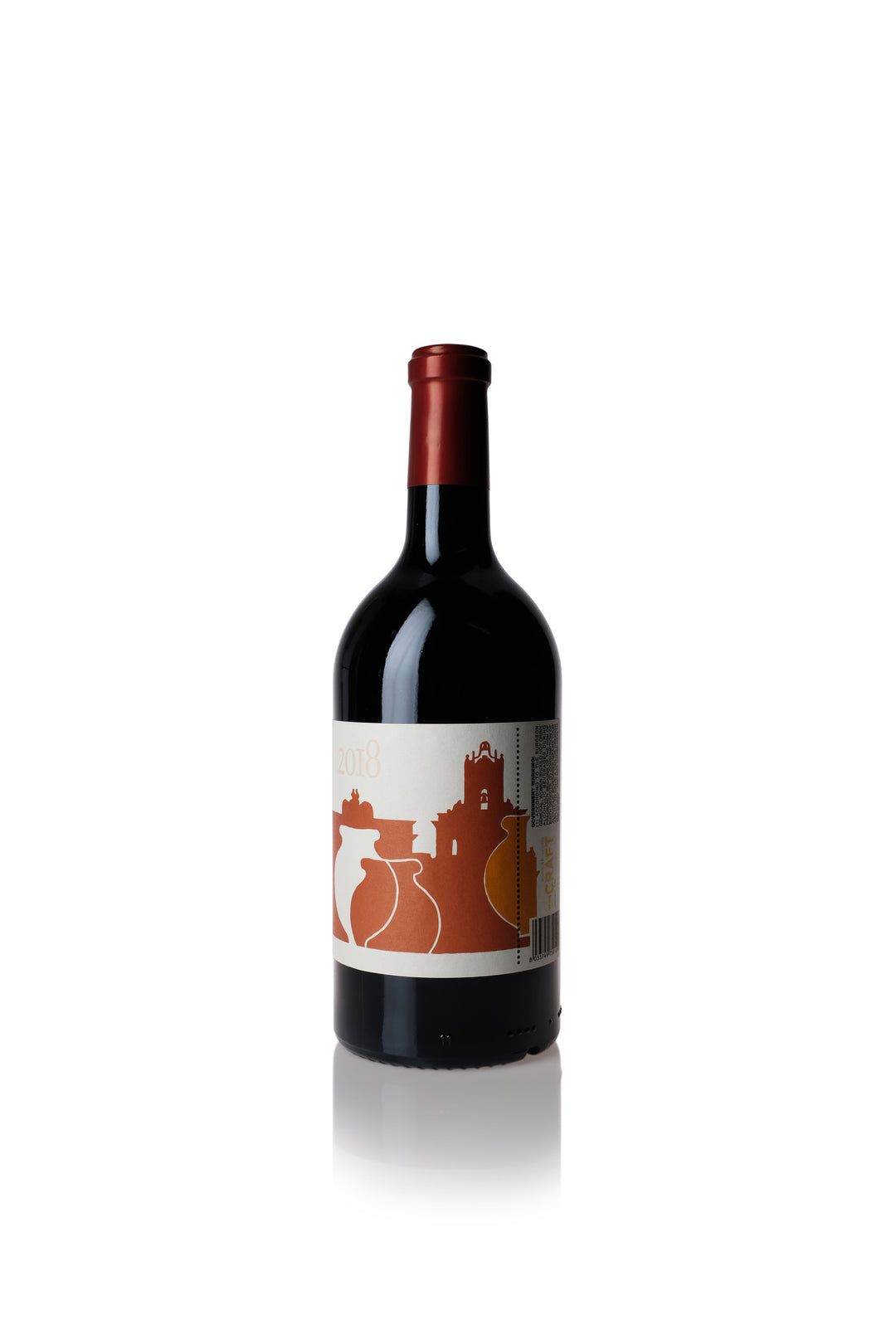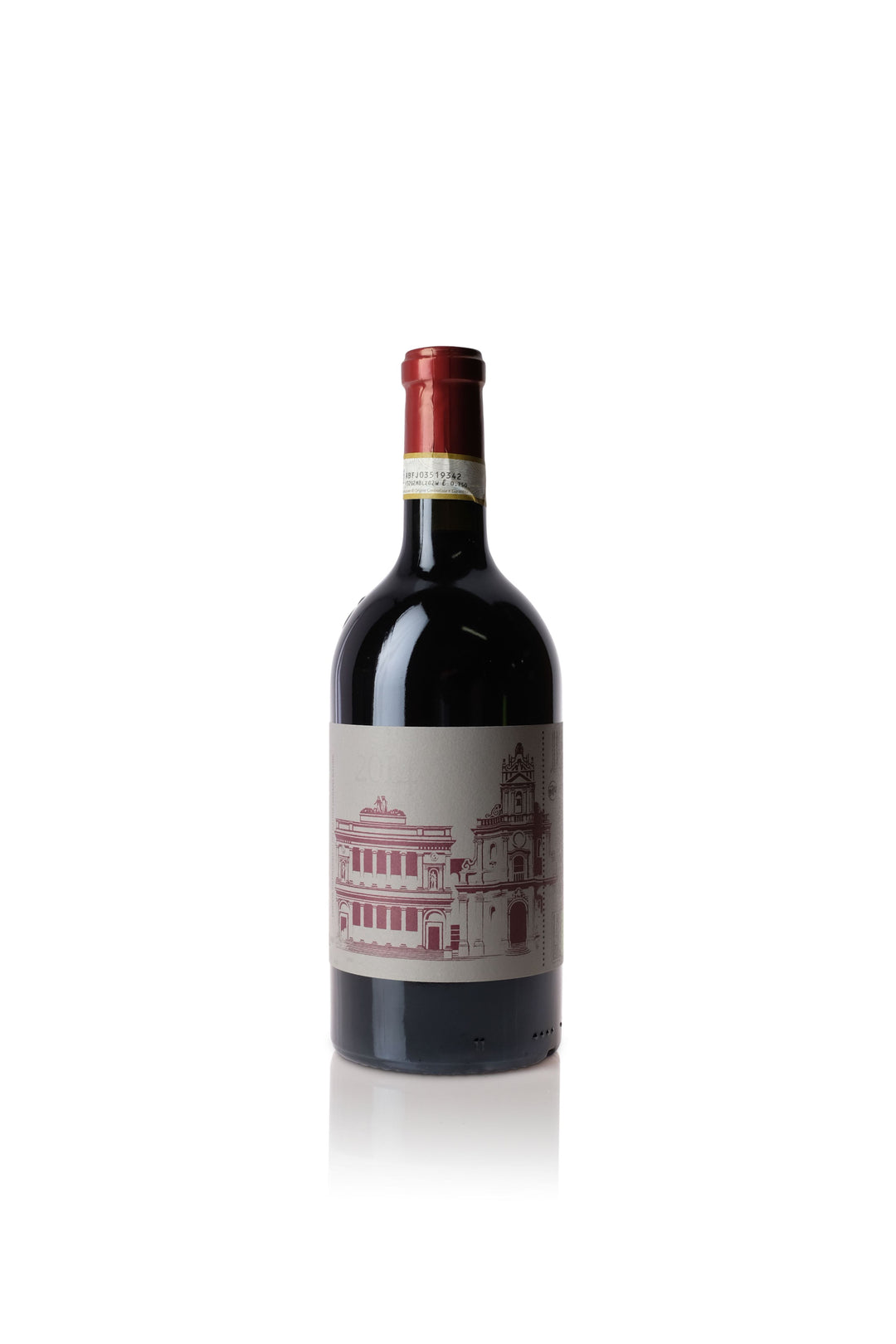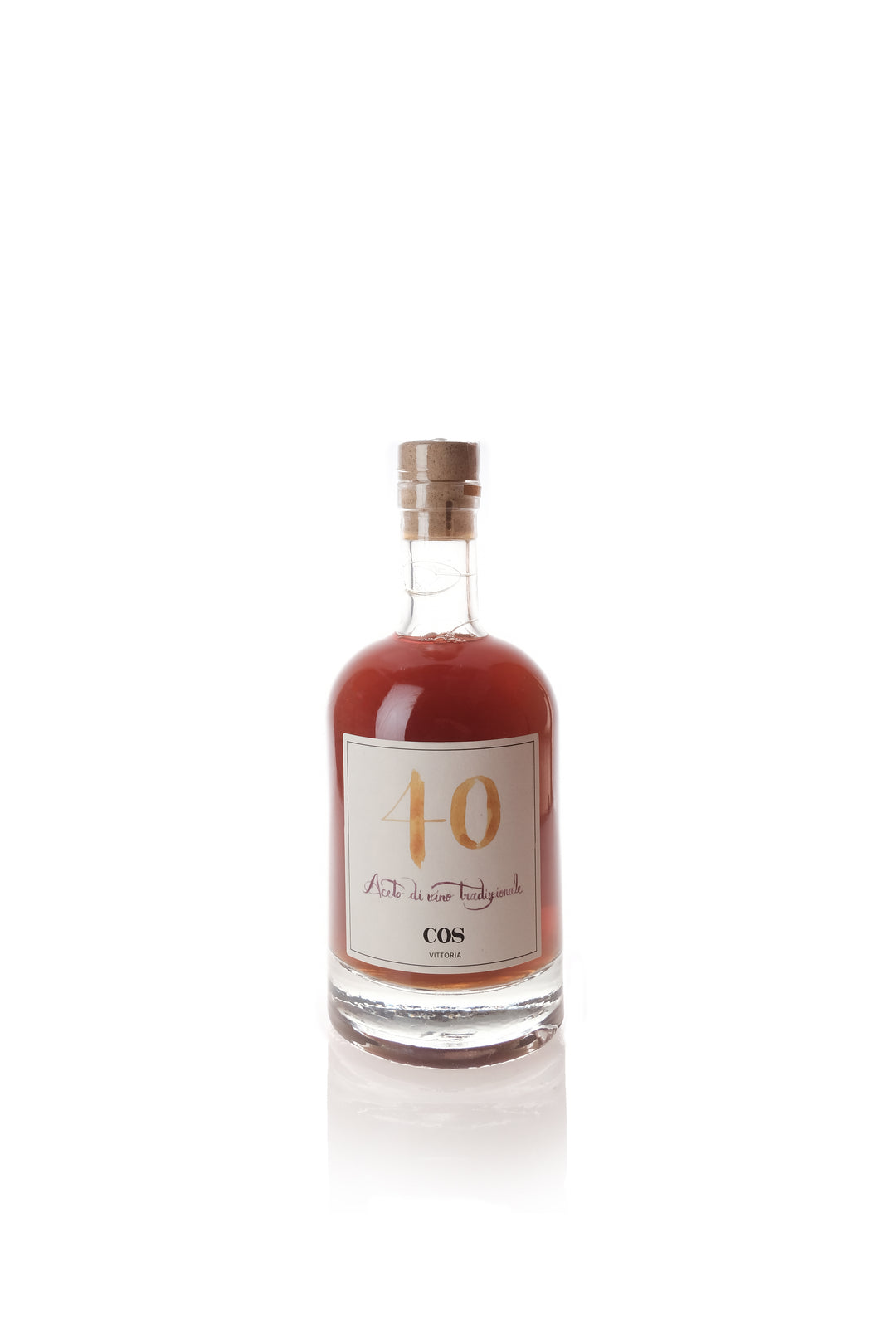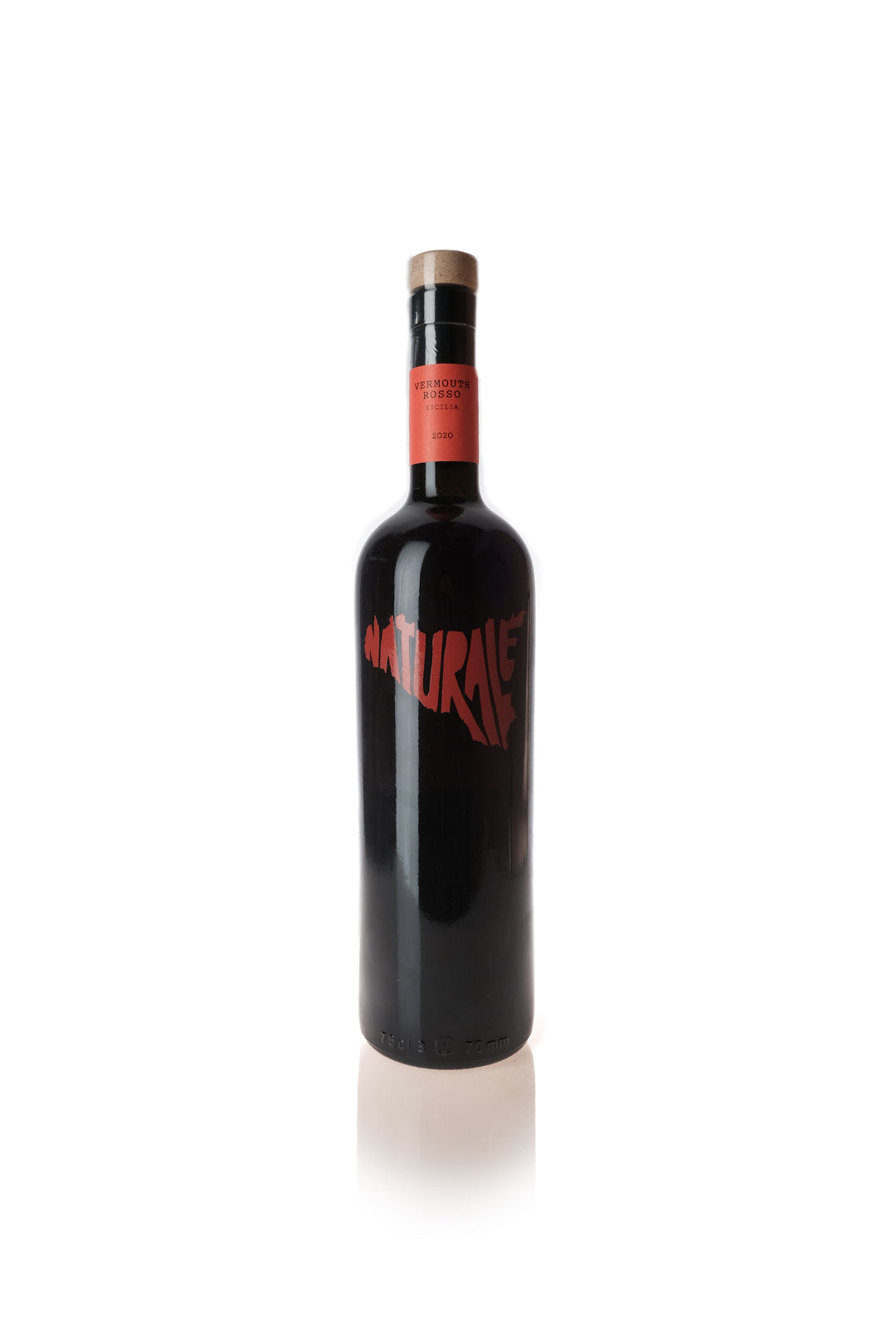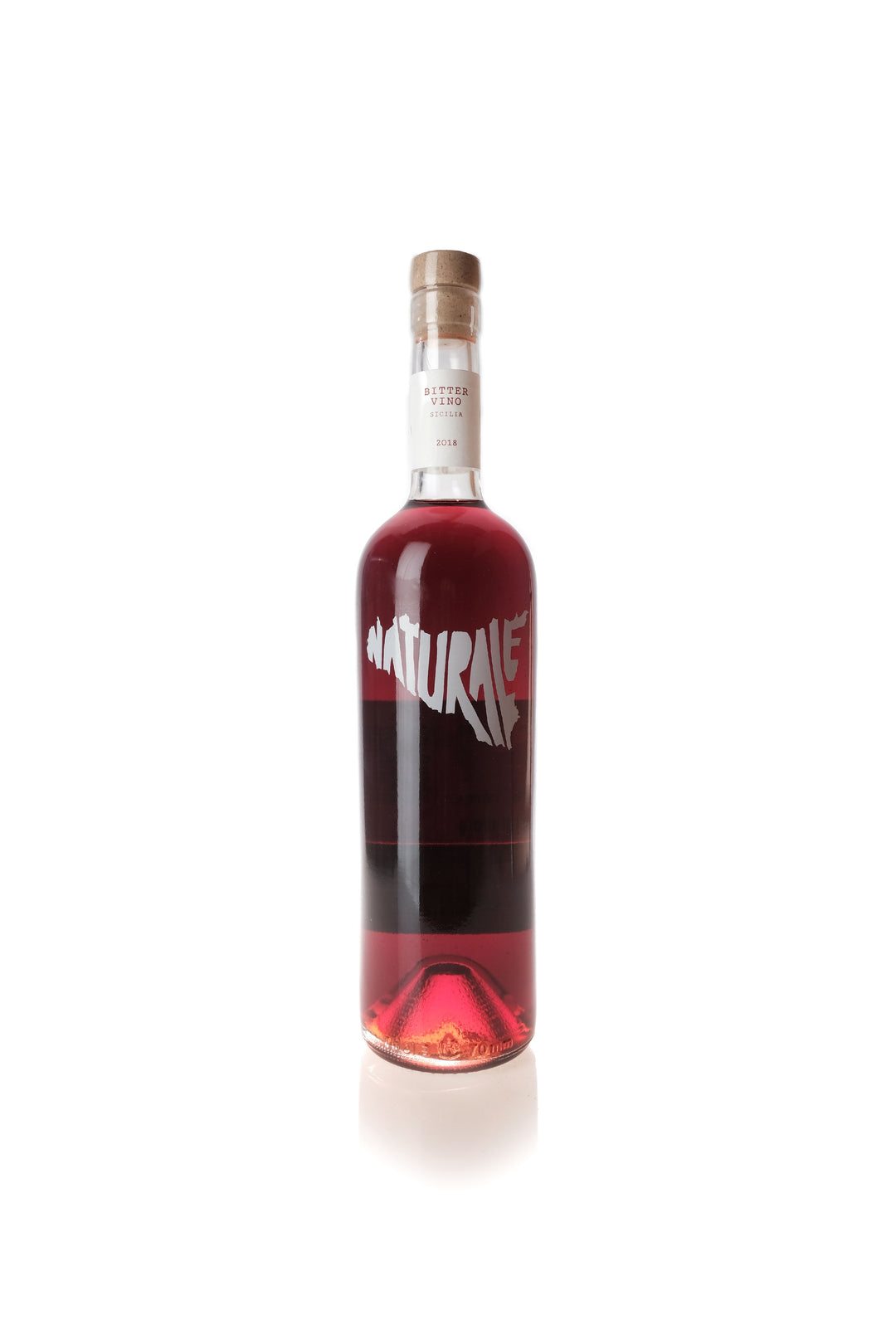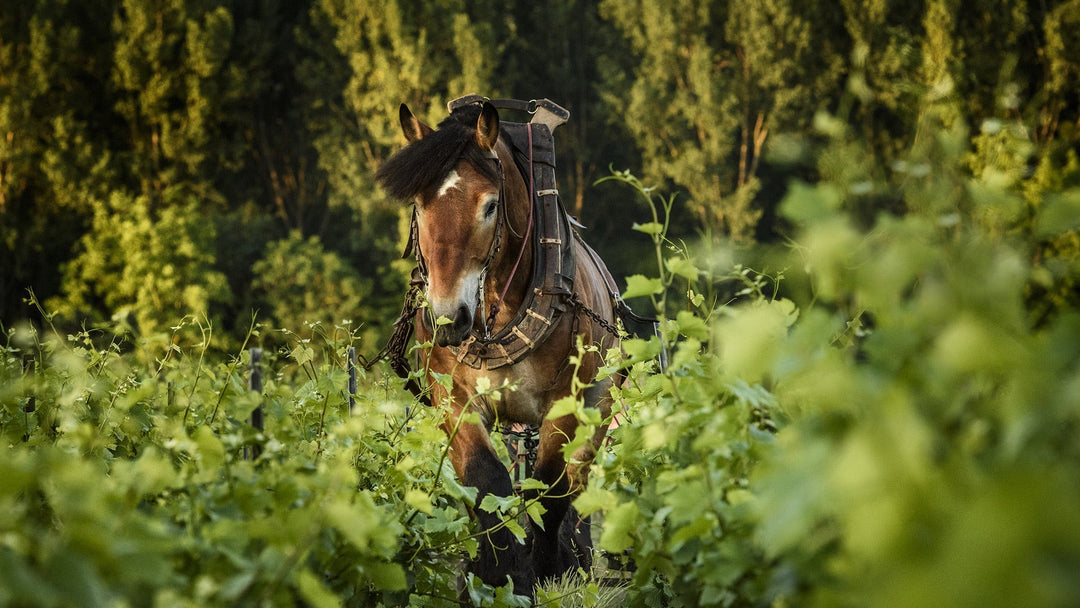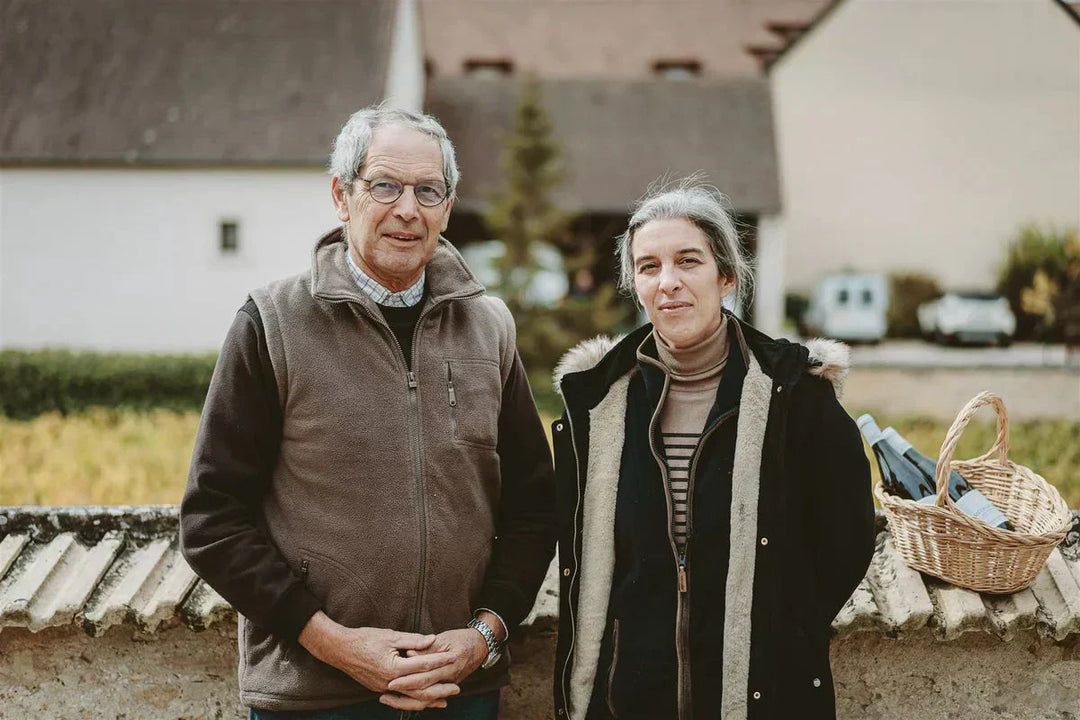AZIENDA AGRICOLA COS
COS OF VITTORIA
Loving delicious wine isn’t difficult. And telling stories of our favorite winemakers is certainly an enormous perk of being part of the Cru. We count ourselves lucky to be able to share these stories with you. When we think of the producers that have fortified the ideologies of what we stand behind, COS is certainly at the forefront. It wouldn’t be too much of a stretch to say that COS is a staff favorite here. Every member of our team has been captivated by how good these wines are over the years. If you’ve spent any amount of time in our Tasting Room, you’d know that we have a knack for giving insight to the producers we love. With our Grower Stories, we have an opportunity to dive deep into why we love these producers so much.
So read on, and pour a glass of wine while you’re at it.
If you venture to the southernmost part of the boot of Italy—specifically the island of Sicily—and even further to the most southeastern tip of the island, you will find the province of Vittoria where COS resides. Enter the people of COS: Giambattista Cilia, Cirino Strano and Giusto Occhipinti. The letters of COS are an acronym of their last names. Without COS, Vittoria would not have the reputation it has grown to claim. Being the youngest wine producers in Italy in the year of 1980, these three friends took on a family property and had their first vintage the same year. Their style was before their time as they implemented biodynamic farming while the rest of Sicily was still deep in the midst of conventional farming. The main ideology behind COS derives from the respect for the land, a love for the vines, and passion for their work; they’ve never been about following trends.
Says Giusto Occhipinti, “biodynamic agricultural farming means respect for what nature offers and not looking to ask for more than what is available.”
Not far behind her uncle is the next generation of winemakers, Arianna Occhipinti, who has her own eponymous domain in Vittoria. Her first harvest was at the age of 21. She has not only gained an international reputation for her remarkable wines, but she is also fiercely loyal to natural wine.
“It’s stupid not to be organic in Sicily,” Ms. Occhipinti said. “We have the perfect climate.”
Along with her uncle, Arianna implements biodynamic farming. The soils in Vittoria are red sandy soils over limestone. Vines struggle as they strive to find nutrients and water deep below the surface, and ultimately thrive. While irrigation is permitted here, the best farmers avoid it. This allows the vines to grow as they should, in turn producing a lower yield and fruit that is more complex. Vittoria’s location is quite unique as the winegrowing region borders the Mediterranean coastline, just 100 miles from Tunisia, Africa. The land itself has red, yellow, and ochre tones speckled with palm trees. Agriculture rules here, even though Vittoria itself is a poor region. Wheat, olives, carob, almonds, tomatoes, and oranges thrive in the arid Mediterranean climate.
Sicily, and specifically Vittoria, has been through plenty of trying times when it comes to vine growing. While the pest known as phylloxera never reached Sicily, the island had its own mess with which to deal—the mafia. With many parts of Sicily being poor, the effects of the Mafia even harder. Post World War II, the current generation of farmers continues to make amends to the previous focus of quantity over quality. There was a lengthy period of time where Sicily was known for bulk wine as farmers shifted from growing international varieties like Merlot and Cabernet Sauvignon versus its own indigenous varieties.
COS touts another claim to fame. The trio, with their love for the local varieties of Vittoria, were the first winemakers on the island of Sicily to tout a DOCG on their label. That first DOCG was Cerasuolo di Vittoria, a blend of the soft, fruity and floral Frappato and the muscular Nero d’Avola. Cerasuolo symbolizes the treasure of these local varieties. For so long, Vittoria was overshadowed by the dynamic wines of Mount Etna and often confused for them. Now Vittoria has made a name for itself largely due to the efforts made by COS.
COS stands apart as well for their use of aging vessels. Though others may be looking to resurge this ancient trend, COS is purely looking to look back to their roots for inspiration. After the harvest of 2007, they rid their winery of oak barrels, opting to use amphora as the sole method of aging their wines. Amphora—clay wine aging vessels that have been around for thousands of years—are porous like oak, though neutral like steel.
They additionally seem to defy anything you may have ever heard of orange wine, making styles that are hauntingly delicious and uniquely Mediterranean. Their range of skin contact wines are made with local varieties like Grecanico and Insolia, spending time on the skins in the same amphora vessel as where it’s been aged. They are natural pairings for all manner of Mediterranean seafood, both raw and prepared, olive oil based dishes, arancini, eggplant dishes, pizza…
If you couldn’t tell our love for COS by now, we can’t help but share that they make the most incredible extra virgin olive oil and vinegar. The olive oil is an extension of what’s behind their wine; Get all three together on the same table, add a loaf of bread, a few friends, and you’ll very shortly be on your way to contentment.
Azienda Agricola COS is truly special to us. We love and crave what they’ve made, whether it’s Frappato with pepperoni pizza or pouring a drizzle of olive oil over pasta. Everything we’ve tasted by these talented hands truly transports us to southern Sicily without even leaving our seats.
Written by Brittany Marsh - The Cru - Hart & Cru


